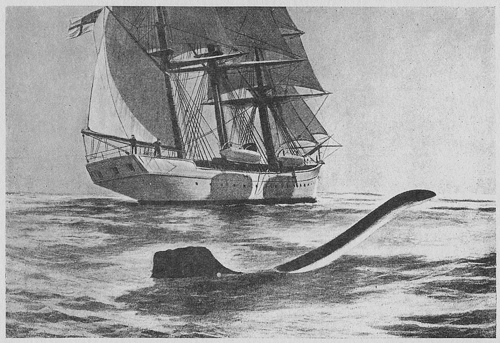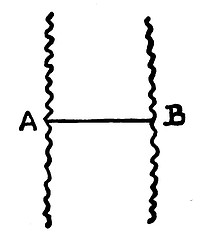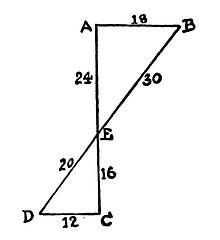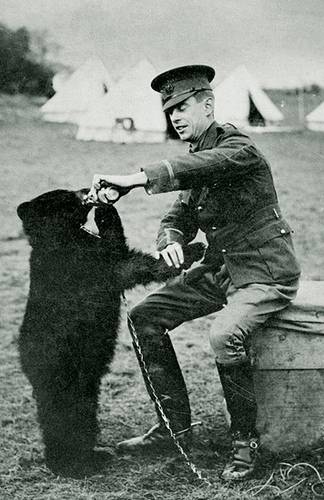
On Dec. 7, 1905, British naturalists J. Nicoll and E.G.B. Meade-Waldo spotted “a creature of most extraordinary form and proportions” during a research cruise off the coast of Brazil. Nicoll described a head “shaped somewhat like that of a turtle” above a 6-foot “eel-like” neck that “lashed up the water with a curious wriggling movement.” Below the water “we could indistinctly see a very large brownish-black patch, but could not make out the shape of the creature.”
They later spied it doing about 8.5 knots, slightly faster than the ship: “From the commotion in the water it looked as if a submarine was going along just below the surface.” The witnesses insisted it was not a whale, though Nicoll felt it was a mammal. That’s all we know.



